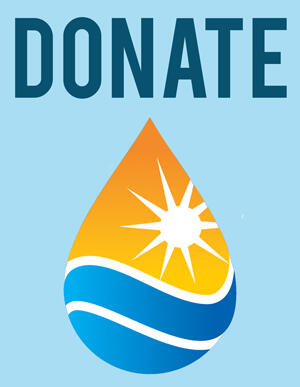History of Clean Water for Life Project
In 2003, the Sisters of Notre Dame de Namur initiated a photovoltaic program in Africa. Without electricity, clean water, and any other viable means for communication, life can be not only difficult but at times impossible. Our research led experts in the field of harnessing solar energy.
Harnessing the power of the sun with solar energy panels and storing the energy in batteries has proven to be an effective means for producing electricity and providing a permanent educational and health care environment in which our Sisters can live and minister. The photovoltaic systems provide a continuous, sustainable, and reliable supply of utility-grade electrical power and are standalone systems, using diesel generators as auxiliary support.
All the related infrastructures, such as water pumping/purification, refrigeration, communication and lighting, rely on electricity generated by the photovoltaic system. The water systems typically supply bulk quantities of water, typically in excess of 6,000 liters (1,585 gallons) per day and support a core population that typically consists of Sisters, students, patients, and staff at schools and medical facilities. The villages may also have populations of several thousands people that need clean water to survive.

